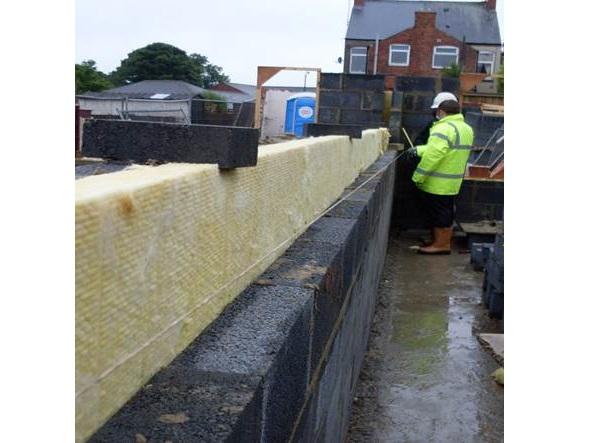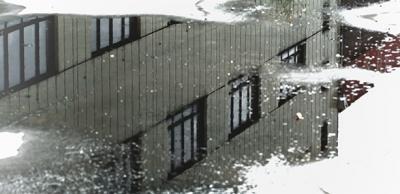Why you need to avoid debris in cavity masonry walls
Cavity masonry walls have a cavity for good reason - and it’s not to provide a home for excess mortar or general debris as the images below show!

Allowing mortar (and debris) to accumulate within the cavity and on wall ties can seriously affect the sound insulation performance of a separating wall.
Separating walls have to meet Requirement E1 of Approved Document E for acoustic performance standards, meaning they provide “reasonable resistance to sound from other parts of the same building and from adjoining buildings”.
Important considerations for cavities in separating walls
- A clean cavity is necessary for good sound insulation, so avoid mortar bridging
- Separating walls have to be tested before completion testing unless a robustdetails® construction is used*
- Remember to check the compatibility of separating walls with separating floors
The cover image shows how to do it correctly using robustdetails®
* Robust Details approved cavity walls exceed the requirements of E1. If you use robustdetails® patterns, you don’t need pre-completion testing. But you must use the right materials and complete the project to a high standard.
Detailed information on every wall, floor and roof build is available in the robustdetails® handbook, which is free to download at www.robustdetails.com
Please Note: Every care was taken to ensure the information was correct at the time of publication. Any written guidance provided does not replace the user’s professional judgement. It is the responsibility of the dutyholder or person carrying out the work to ensure compliance with relevant building regulations or applicable technical standards.
Sign up to the building bulletin newsletter
Over 48,000 construction professionals have already signed up for the LABC Building Bulletin.
Join them and receive useful tips, practical technical information and industry news by email once every 6 weeks.
Subscribe to the Building Bulletin




Comments
Add new comment